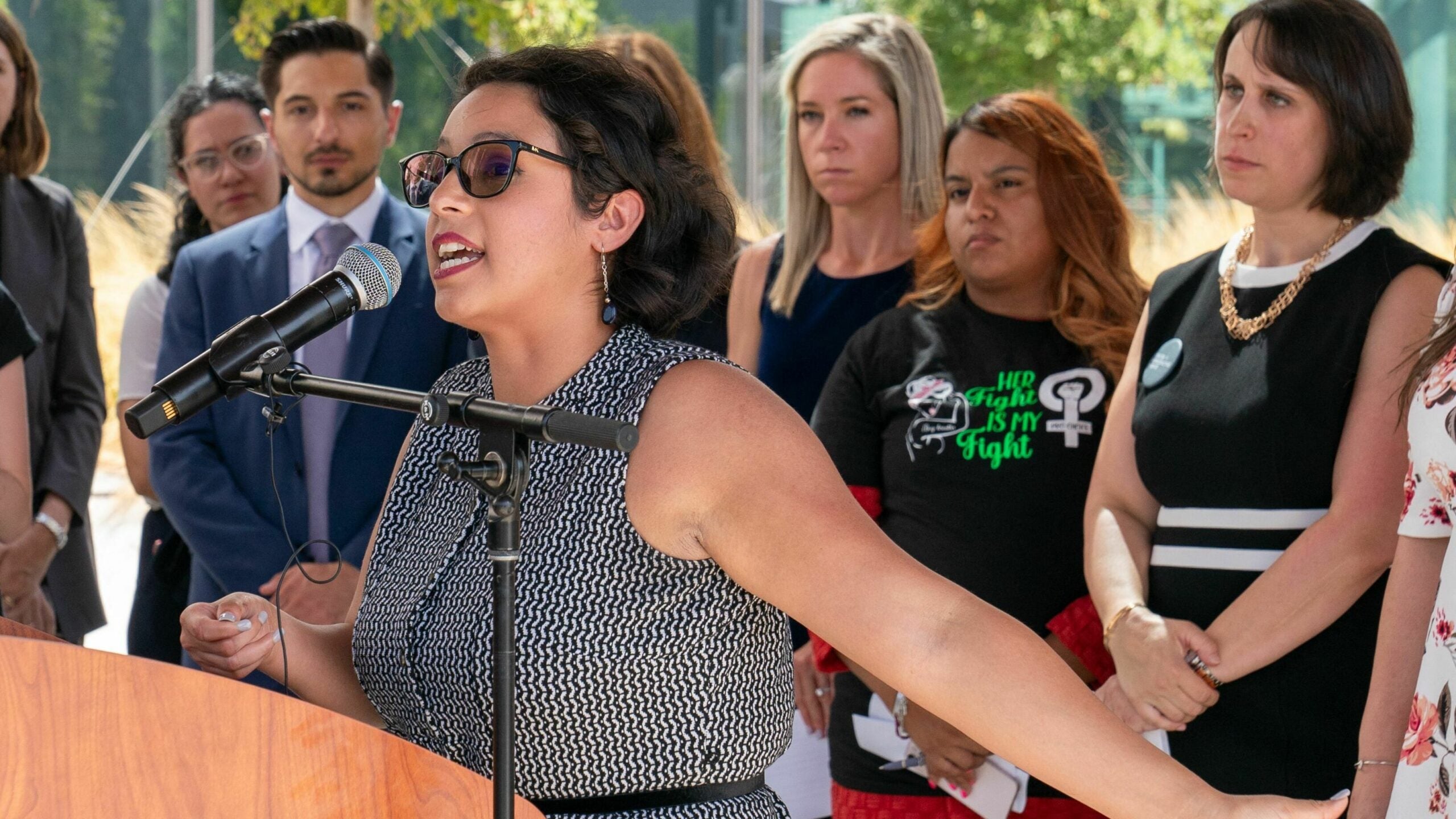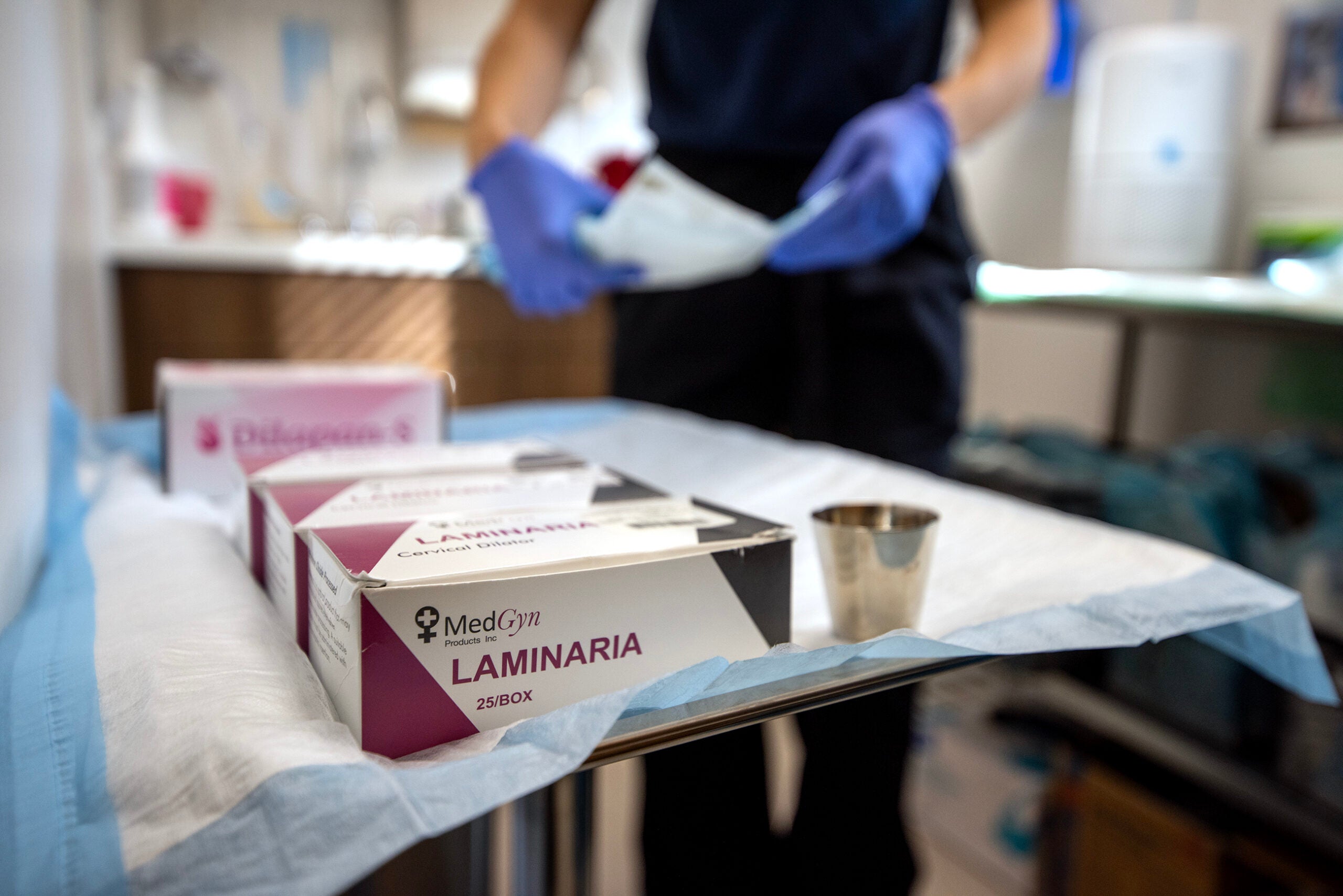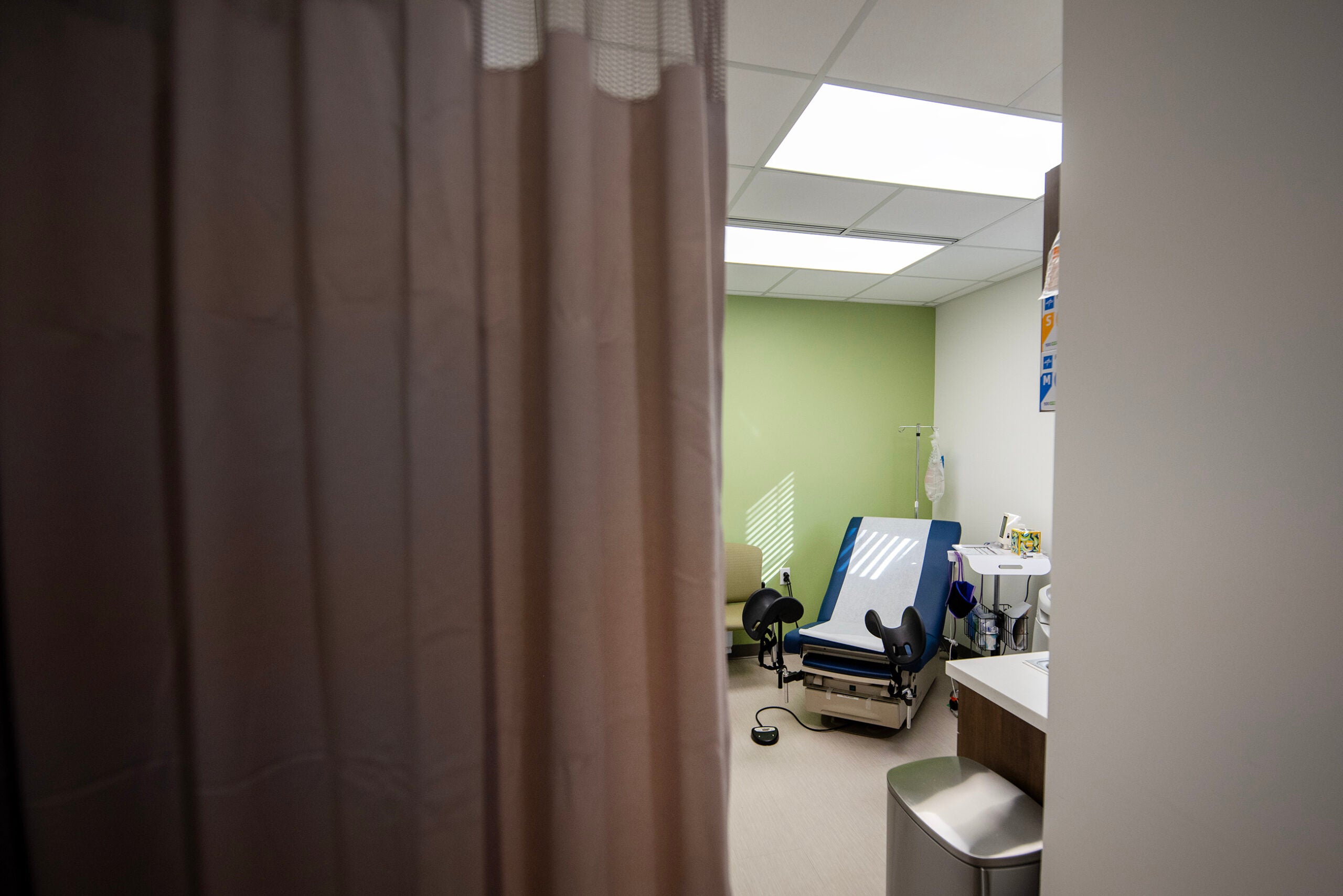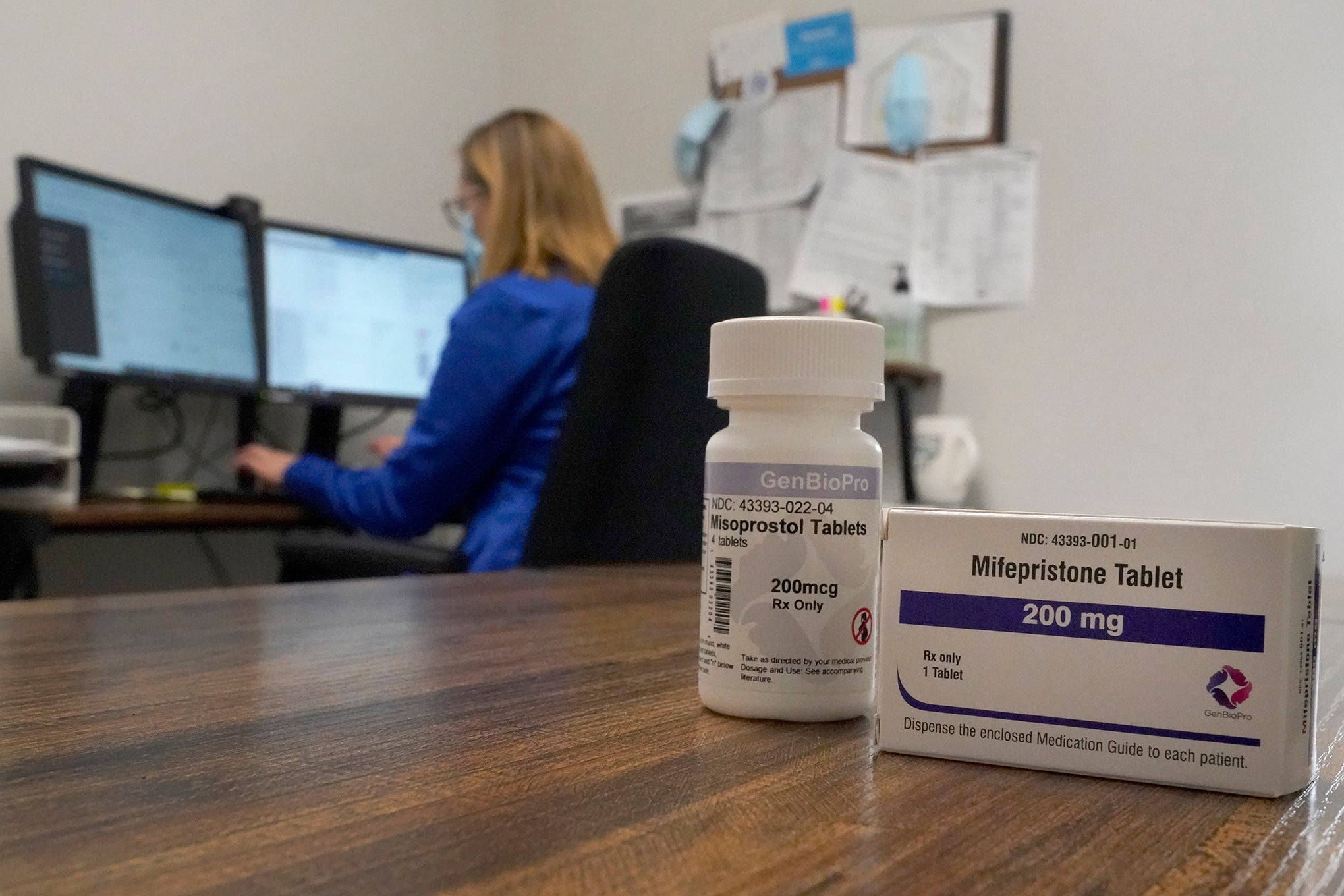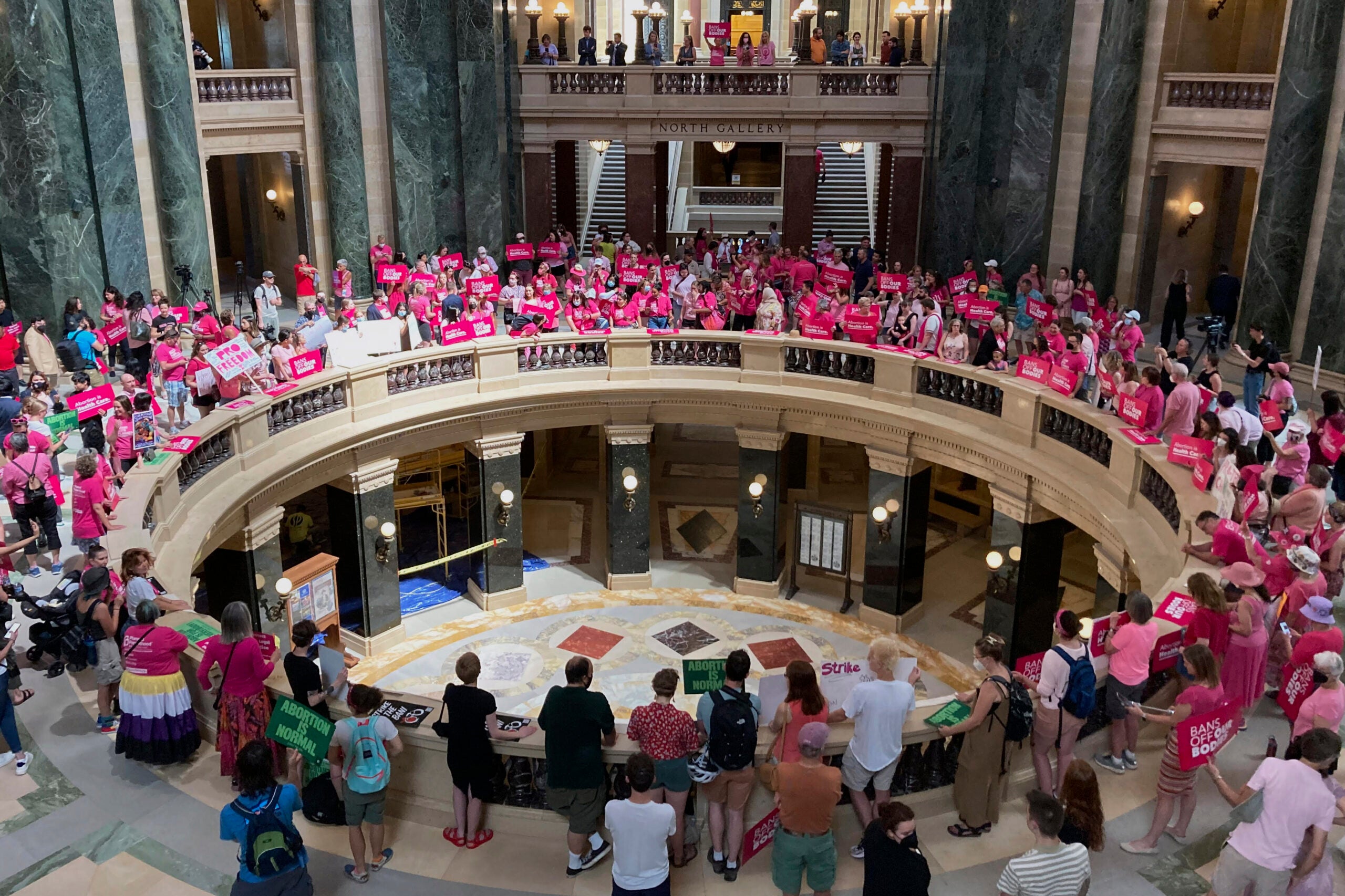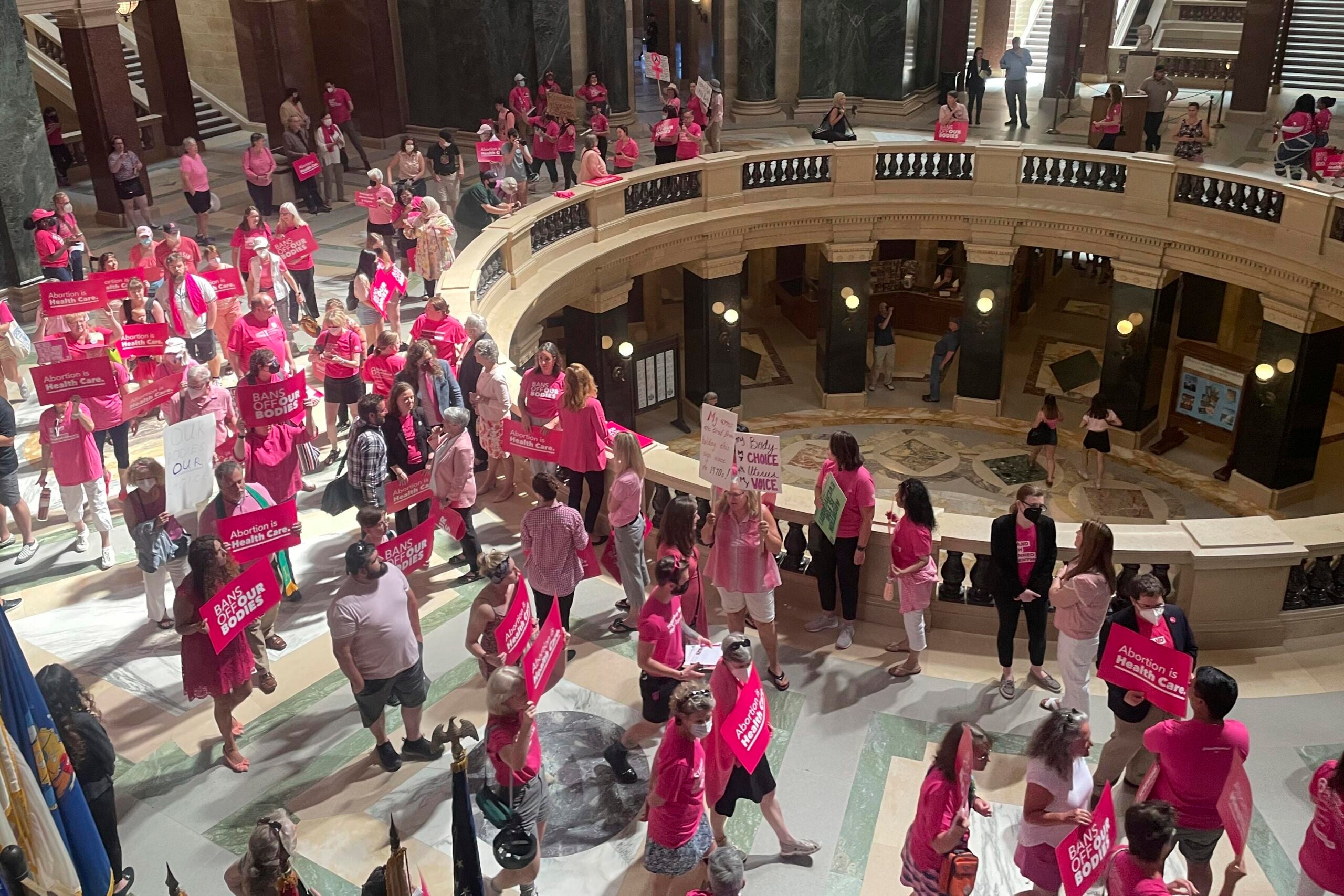As 2023 comes to a close, so too does the first full year of the post-Roe era in America. Some of the year’s developments were expected, like more conservative states enacting abortion restrictions. Others were surprising, like the fact that there were more abortions nationally in the year after the Dobbs v. Jackson Women’s Health decision than the previous one.
In the final weeks of the year, the country followed the story of Kate Cox, a 31-year-old mother of two in Texas, as she sought to end a tragic pregnancy to ensure she could have a future one.
Here is the state of play when it comes to abortion heading into 2024.
News with a little more humanity
WPR’s “Wisconsin Today” newsletter keeps you connected to the state you love without feeling overwhelmed. No paywall. No agenda. No corporate filter.
From Jane Roe to Kate Cox
Jane Roe and Kate Cox were both pregnant women in Texas who asked the courts to allow them to receive an abortion, 50 years apart.
Jane Roe’s real name was Norma McCorvey, which wasn’t public until after the Roe v. Wade Supreme Court decision came out.
Kate Cox has been public with her full name and photo since the moment she filed an emergency petition on Dec. 5. She detailed her medical history, her symptoms during hospital visits, and her hopes for her future fertility in public court filings.
“I think just a few years ago, before Roe was overturned, it was unimaginable for people to tell their stories about traumatic pregnancy loss and about abortions without the fear of public stigma,” Molly Duane of the Center for Reproductive Rights told NPR.
Now, it’s different. “Women and pregnant people in this country are so angry and so shocked at the treatment that they are receiving at the hands of the state that they have been compelled to tell their stories,” she says.
Duane represents 20 women in a case challenging the medical exception to Texas’s abortion laws. “She’s exceptional,” Duane says of Cox and her decision to plead her case just after receiving a devastating fetal diagnosis and while in the middle of a pregnancy crisis. “But I will also say that the pathway to this has been paved by all the other women in our lawsuit. There is strength in numbers.”
Across the country, dozens of women use their full names in high-profile court cases, not just in Texas but also in Idaho and Tennessee, detailing extremely intimate experiences in legal filings, writing op-eds, doing interviews, and having their photographs in the news.
States move in opposite directions
This year brought new fights in state legislatures, courtrooms and at the ballot box over abortion.
Currently, 16 states have total or near total abortion bans, according to NPR’s map of state restrictions.
At the same time, 22 states and D.C. enacted laws in the past year to protect abortion access, according to the Guttmacher Institute, a research group that supports abortion rights. That’s led to an intensification of the political divide on abortion, where access is heavily dependent on where you live.
More abortions happened, despite bans
To researchers’ great surprise, data suggests the total number of abortions rose in the year after the Dobbs decision, despite the dramatic rollback in access patients have experienced in many states.
“It’s not what we were expecting,” says Ushma Upadhyay from UCSF, a co-chair of the Society of Family Planning’s #WeCount project, which has been tracking the number of abortions every month in every state.
There were 2,200 more abortions across the country in the year after the Dobbs decision. It’s not a large increase in the context of more than a million total abortions over the year.
The geography of abortion access is dramatically different than before Dobbs. The data shows that abortions zeroed out in states including Alabama, Arkansas, Mississippi and Missouri, while the number shot up in other states, including Illinois, North Carolina and New Mexico. In states with bans, people who are seeking abortions and have the means, travel to states where it’s legal.
But why did the overall number increase? Upadhyay suggests there may be an increased demand for abortion because of the economy, or because of reduced stigma as more people talk about their experiences with miscarriage and abortion. There’s also way more information available about what state laws are and different options for ending a pregnancy.
And some states have made it easier to access abortion. “So much has expanded in abortion care through telemedicine, as well as proactive policies, as well as additional funding,” Upadhyay explains. There are abortion funds that will pay for people’s childcare, airfare and hotel if they don’t have the money on their own.
Abortion clinics have also made operational changes to be able to see more patients, says Dr. Shelly Tien, an OB-GYN who provides abortions in Kansas and Florida. “I’ve actually seen this where I work,” she says. “Offering abortion care on more days, hiring more staff, increasing hours. And then also clinics relocating if need be, to keep their doors open.”
Of course, many people seeking abortions have been unable to get them. One study found that birth rates increased in states with abortion bans since those laws took effect.
Political ramifications
Poll after poll suggests most Americans support legal access to abortion in at least some situations. Every chance that voters had to vote on ballot initiatives related to abortion in the last year, they voted to support abortion rights.
Abortion rights activists are trying to build on these victories by pushing for more ballot measures in more states. Some of those are in key battleground states like Arizona and Florida, and if these abortion rights initiatives get on the ballot, they could not only shape abortion policy but also drive turnout.
Some abortion opponents are fighting now to try to keep these initiatives off the ballot, or interfere with the implementation of abortion-rights measures.
Professor Mary Zeigler, a legal historian at U.C. Davis, argues those efforts connect to a conservative view of fetal personhood that considers “the fetus or unborn child as the ultimate victims of discrimination in America.”
She says the way Ohio Republicans have responded to the abortion rights ballot initiative that voters approved in that state is a prime example. “In Ohio, Republicans are essentially saying God’s law trumps the will of voters,” she says. “It doesn’t matter if voters support this – this is a principle that matters more than what voters want.”
Ohio courts, however, have blocked those efforts and a right to abortion is in the state’s constitution following a vote in Nov. 2023.
Republican presidential hopefuls are looking at election results such as the Ohio ballot measure with caution. They’re trying to appeal to a base that’s strongly anti-abortion, but also they have to be mindful of general election voters. The majority of Americans support abortion rights in at least some cases.
Several candidates have told personal stories about experiences in their families with miscarriages or difficulty conceiving. While all of them generally support the overturning of Roe v. Wade, they vary on some details, including how restrictive laws should be and whether there should be a national abortion ban, if Republicans were ever to gain a large enough majority to pass one in Congress.
In 2024, look for action on the abortion pill
In the Dobbs decision, Justice Samuel Alito wrote that the Supreme Court was done weighing in on abortion, that the issue should move back to the states to be decided.. But in 2024, the Supreme Court will hear another case about abortion. This one involves the abortion pill, mifepristone.
The case was brought by doctors who oppose abortion rights, who say the federal Food and Drug Administration didn’t follow the rules when it made mifepristone easier to access. Medication abortion, which uses mifepristone and another drug called misoprostol, now accounts for the majority of abortions in the U.S.
If the Supreme Court’s decision does ultimately limit access to this drug, the result could affect more people than the Dobbs decision did. That’s because it would affect access nationally, including for people living in states like New York, California and Colorado that have positioned themselves as bastions of reproductive rights.
Oral arguments are likely to be heard in the spring, which would mean the decision will come out just months before the election.
9(MDAyMjQ1NTA4MDEyMjU5MTk3OTdlZmMzMQ004))
© Copyright 2025 by NPR. To see more, visit https://www.npr.org.9(MDAyMjQ1NTA4MDEyMjU5MTk3OTdlZmMzMQ004))

